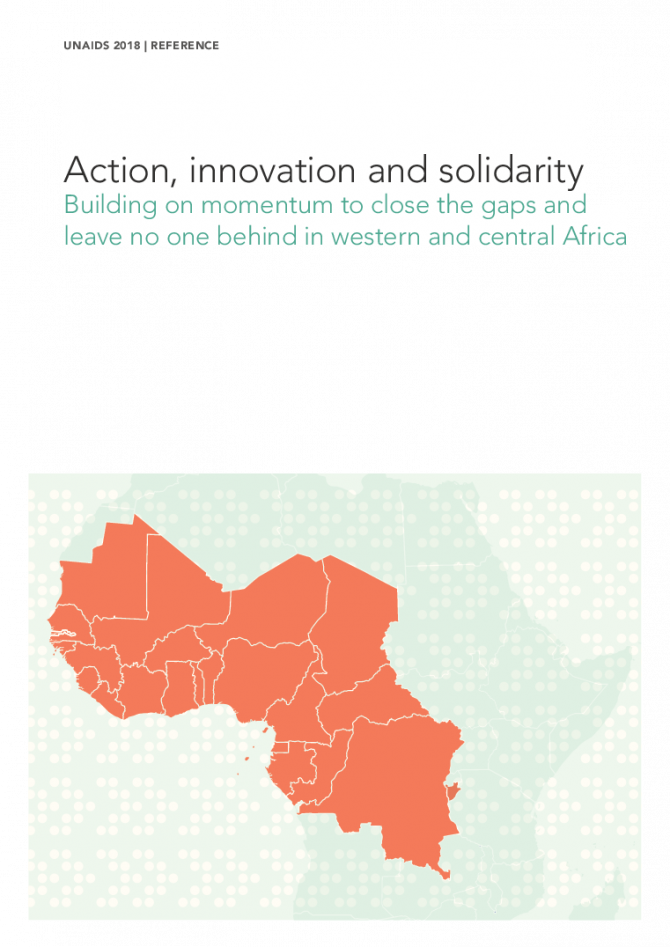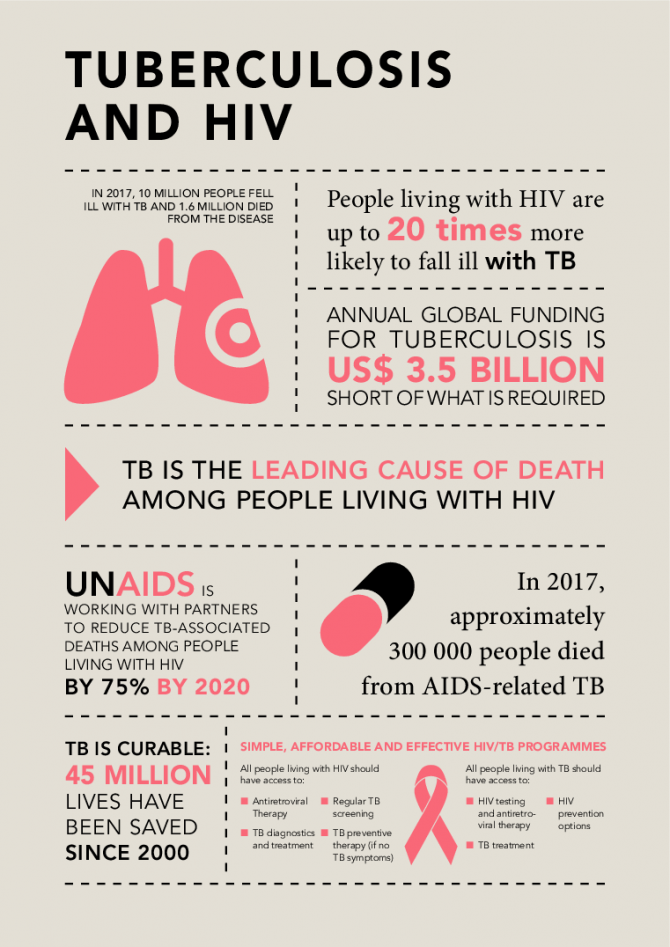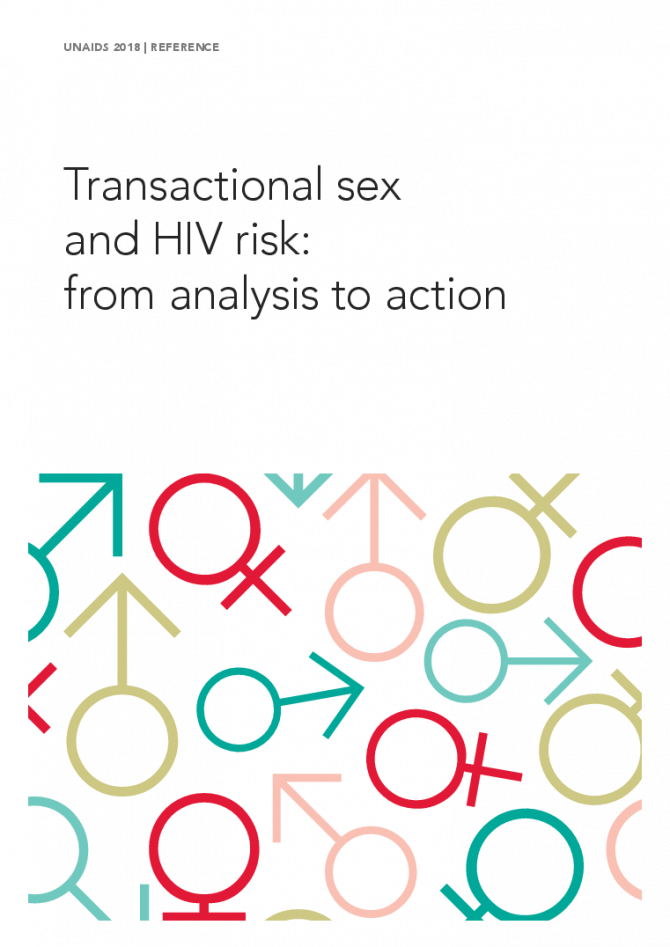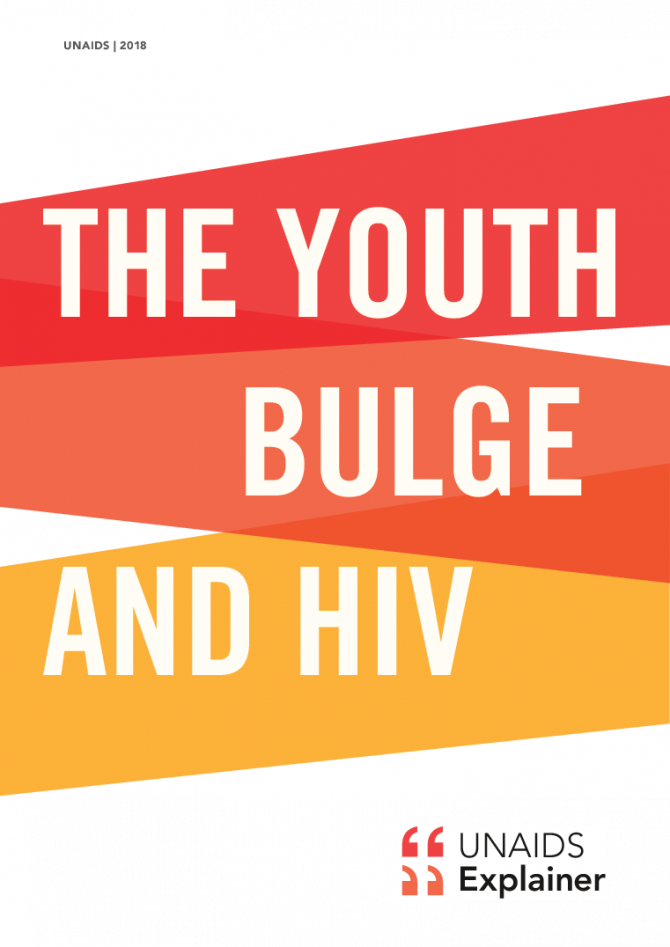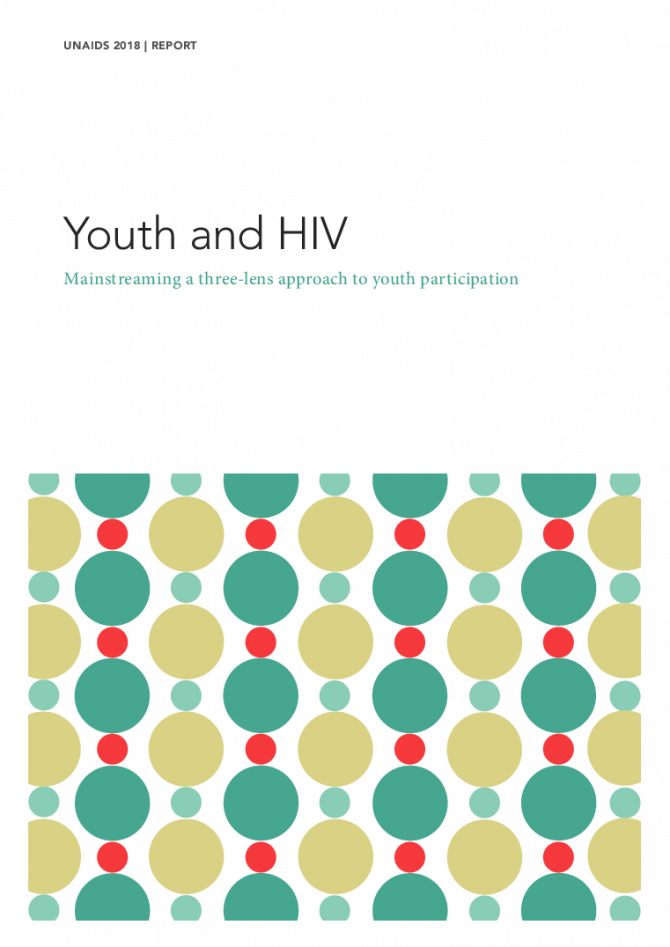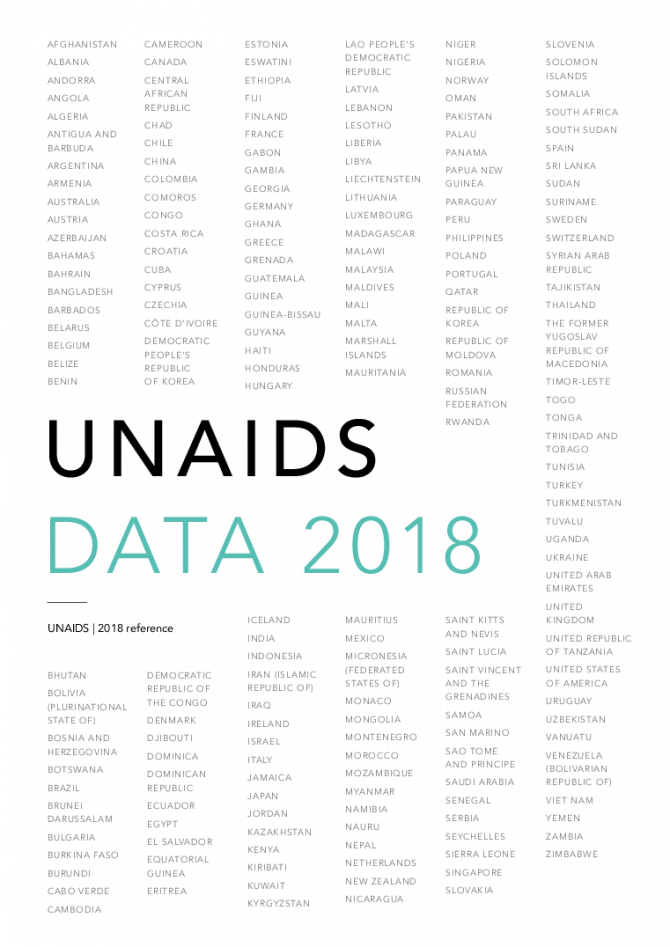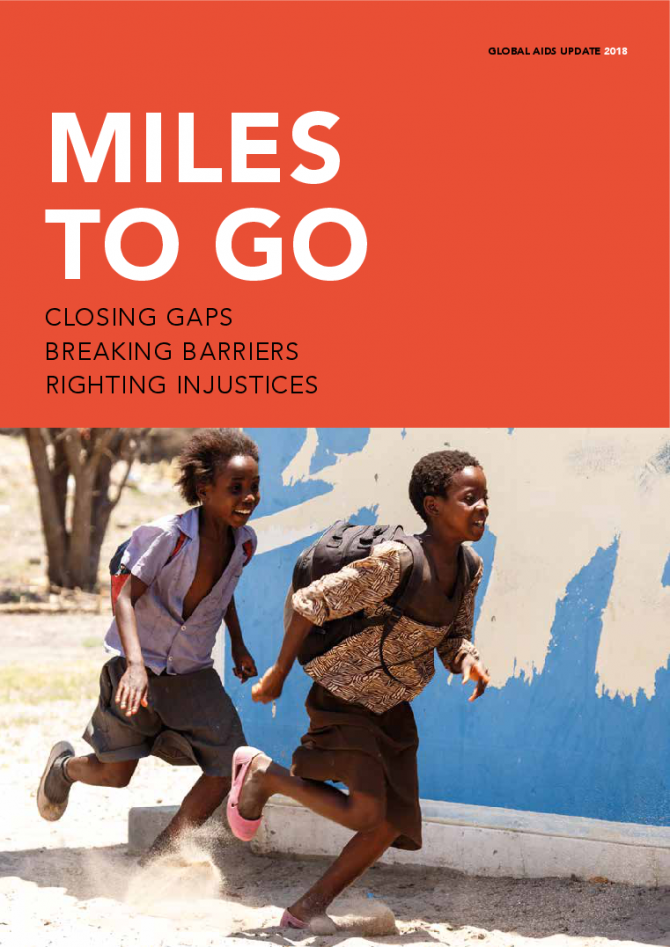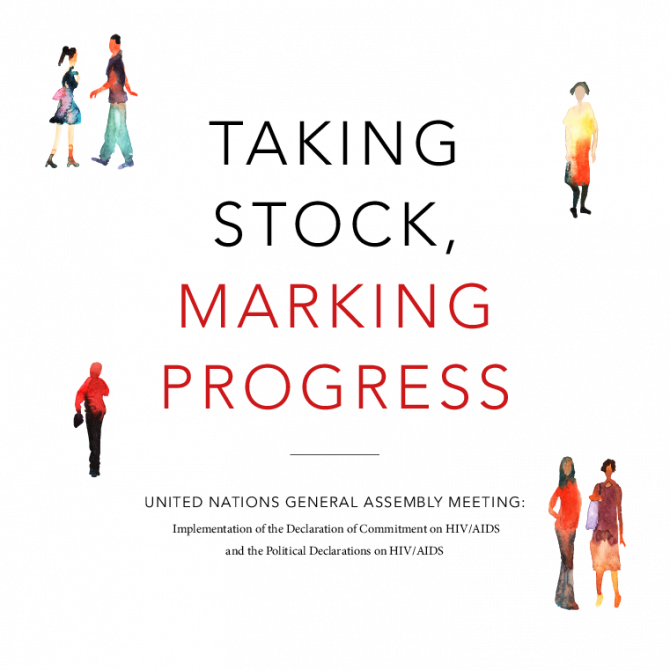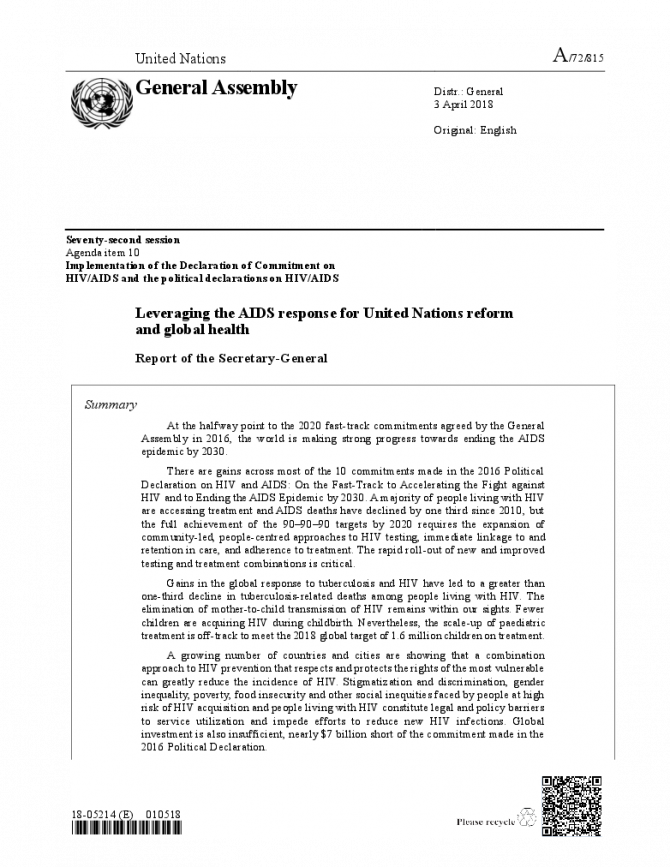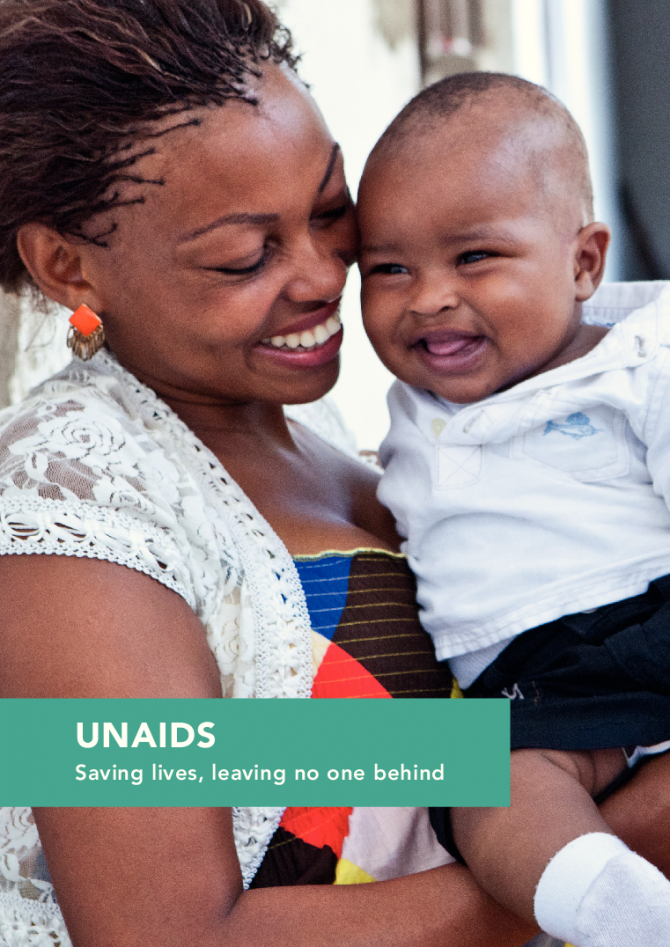Documents
Tuberculosis and HIV
24 September 2018
“Ending TB, the world’s biggest infectious killer, would save millions of lives and help lift people out of poverty and disease. A third of all people living with HIV die of TB, so the impact on the AIDS response would be enormous. By working together we can achieve a healthier future for all.” --Michel Sidibé, Executive Director of UNAIDS
Documents
Transactional sex and HIV risk: from analysis to action
20 September 2018
This reference document provides a detailed analysis of transactional sex and discusses
policy options and principles of engagement around transactional sex in the context of
HIV prevention. Although transactional sex is practiced by men and women in all regions
of the world, this document focuses specifically on the determinants and consequences
of adolescent girls’ and young women’s engagement in transactional sex in sub-Saharan
Africa. We focus on this population because of the potential importance of transactional
sex for young women’s HIV risk in this region. The document will not address men who
have sex with men or gay men and transgender people and the engagement around
transactional sex.
Documents
The youth bulge and HIV
20 July 2018
In many sub-Saharan African countries, declines in child mortality combined with a slow decline in fertility have resulted in children and young adults comprising a large part of the overall population. This is known as the youth bulge. The youth bulge is not new. Younger generations have almost always been larger than the previous generation. However, before the twentieth century, high child mortality meant that a large proportion of children did not survive to adulthood.
Documents
Youth and HIV — Mainstreaming a three-lens approach to youth participation
19 July 2018
This document provides an overview of the latest available UNAIDS data on youth and HIV, including new indicators reported for the first time on consent requirements to access services, access to CSE, and youth participation in the HIV response. It also provides an explanation of youth participation through the three-lens approach, engaging youth as beneficiaries, partners and leaders, adapted to the HIV response, as a recommendation for policy-makers, programmers, implementers and other stakeholders to strive for better and greater youth participation, fulfil the commitments in the 2016 Political Declaration, and end AIDS by 2030.
Documents
UNAIDS data 2018
26 July 2018
This edition of UNAIDS data highlights these challenges and successes. It contains the very latest data on the world’s response to HIV, consolidating a small part of the huge volume of data collected, analysed and refined by UNAIDS over the years. The full data set of information for 1990 to 2017 is available on aidsinfo.unaids.org.
Documents
Miles to go—closing gaps, breaking barriers, righting injustices
13 August 2018
The global AIDS response is at a precarious point—partial success in saving lives and stopping new HIV infections is giving way to complacency. At the halfway point to the 2020 targets, the pace of progress is not matching the global ambition. This report is a wake-up call—action now can still put us back on course to reach the 2020 targets.
Documents
Taking stock, marking progress - United Nations General Assembly meeting: Implementation of the Declaration of Commitment on HIV/AIDS and the Political Declarations on HIV/AIDS
29 June 2018
This brochure highlights some of the key remarks made by Member States at this year’s gathering on the state of the worldwide response to HIV. While much progress has been made, there is a clear agreement that we still have a long way to go. The disproportionate effect of the HIV epidemic on young women and adolescent girls, and the slow uptake of HIV services by men and boys, are but a few of the challenges that need to be addressed.
Documents
Report of the UN Secretary-General on the Implementation of the Declaration of Commitment on HIV/AIDS and the political declarations on HIV/AIDS (72nd session of the General Assembly)
03 April 2018

